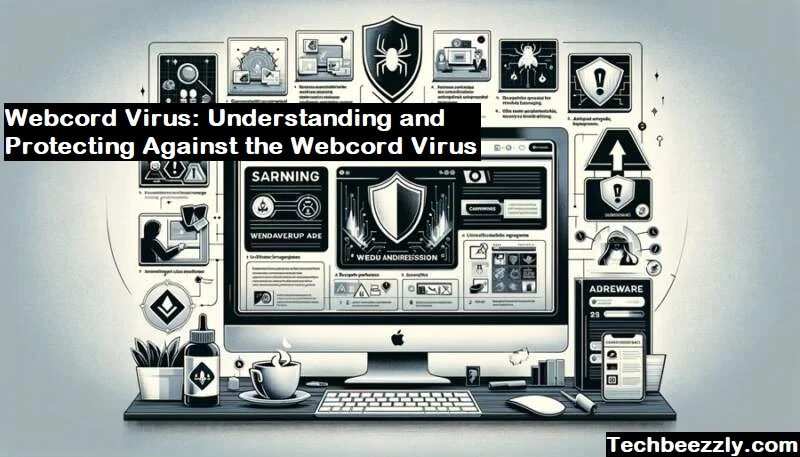
The internet, while a vast and resourceful realm, is not without its dangers. Among these threats lurks the webcord virus, a malicious entity designed to wreak havoc on unsuspecting users’ devices. Understanding this digital menace and implementing preventive measures is crucial in safeguarding sensitive information and ensuring a smooth online experience.
Introduction to Webcord Virus
In the digital age, where our lives are intricately woven with the web, the emergence of viruses like Webcord poses a significant concern. webcord virus is a type of malware specifically crafted to infiltrate computer systems through various online channels. Once inside a device, it can execute a range of malicious activities, from stealing personal data to disrupting system functionality.
Understanding the Nature of Webcord Virus
Webcord operates stealthily, often exploiting vulnerabilities in outdated software or through deceptive links and attachments. Its transmission vectors include infected websites, email attachments, and downloadable files. Once a device has infected, the virus can propagate swiftly, spreading its influence across networks and compromising multiple systems.
Symptoms and Effects
Identifying a webcord virus infection can be challenging, as it often masquerades as legitimate software or files. However, common symptoms include sluggish performance, unexpected crashes, and unauthorized access to sensitive information. Left unchecked, the virus can cause irreversible damage to files and compromise the overall security of a system.
Preventive Measures
Protecting against webcord virus and similar threats requires a multi-layered approach. Practicing secure browsing habits, such as avoiding suspicious websites and refraining from clicking on unknown links, can significantly reduce the risk of infection. Additionally, installing reputable anti-virus software and maintaining up-to-date firewalls adds an extra layer of defense against potential threats. Regularly updating system software and applications also patches known vulnerabilities, mitigating the risk of exploitation by malicious entities like Webcord.
Responding to an Infection
In the unfortunate event of a webcord virus infection, swift action is essential. Recognizing the signs of an infection, such as unusual system behavior or unexpected file modifications, prompts immediate investigation. Disconnecting the affected device from the internet and running a thorough virus scan can help identify and contain the malicious software. Seeking assistance from IT professionals or utilizing specialized malware removal tools may necessary to fully eradicate the virus and restore system integrity.
The Future of Web Security
As technology continues to evolve, so too do the methods employed by cybercriminals. While the threat of webcord virus and similar viruses persists, ongoing advancements in anti-virus technology offer hope for enhanced protection. Machine learning algorithms and behavioral analysis tools have increasingly employed to identify and neutralize emerging threats in real-time. However, as the digital landscape evolves, so must our vigilance in safeguarding against potential vulnerabilities.
Conclusion
In a world where digital connectivity is ubiquitous, safeguarding against threats like the webcord virus is paramount. By understanding the nature of these malicious entities and implementing proactive security measures, users can navigate the online landscape with confidence. Vigilance, coupled with robust cybersecurity practices, serves as our best defense against the ever-present dangers of the digital realm.
